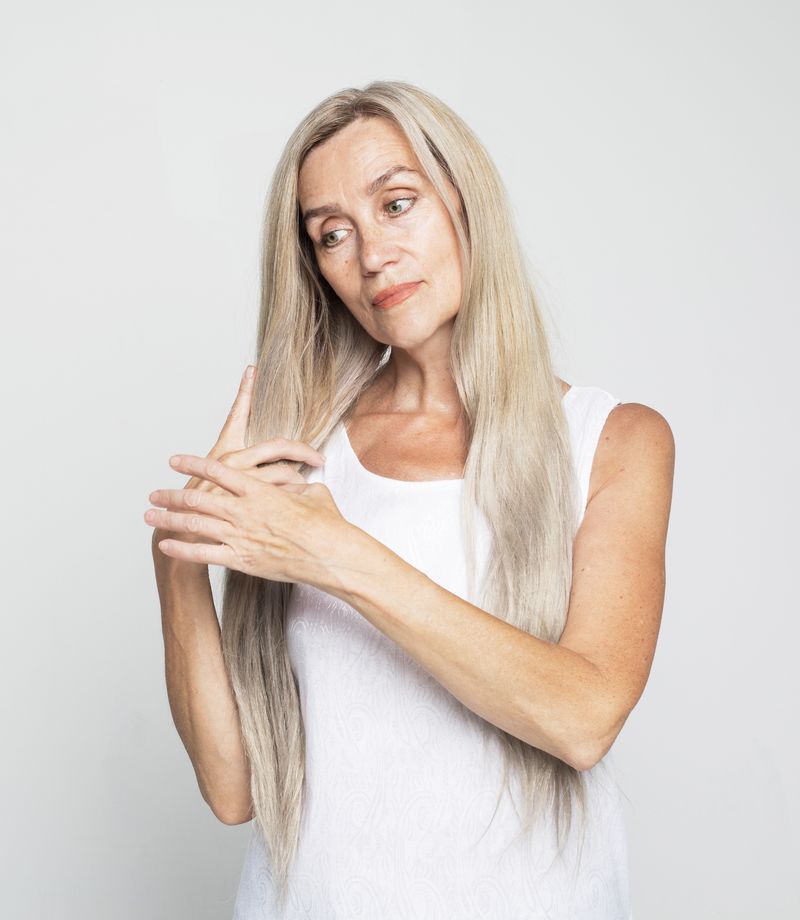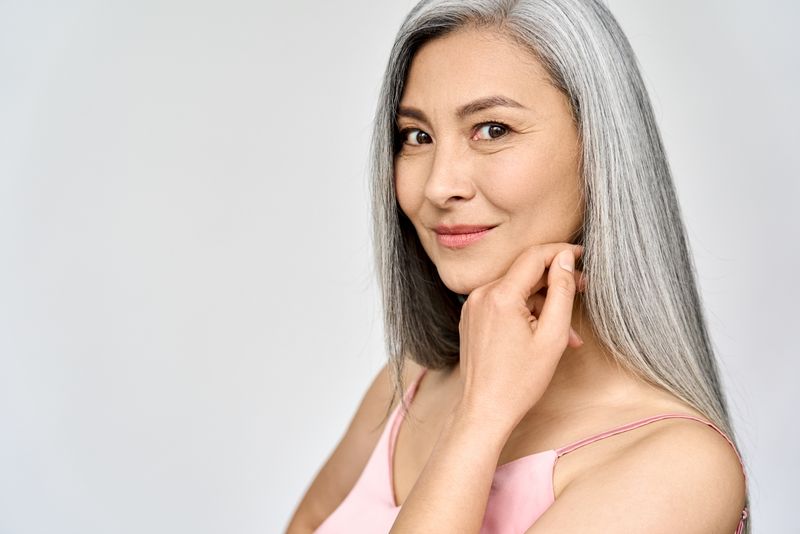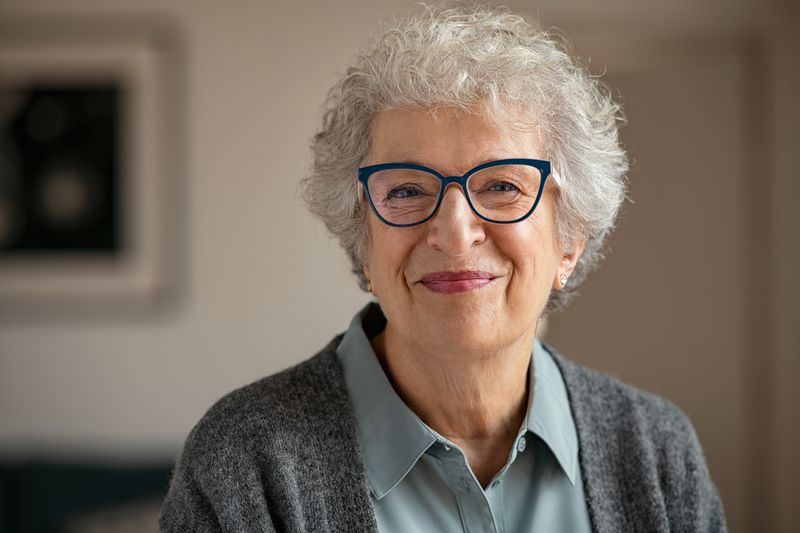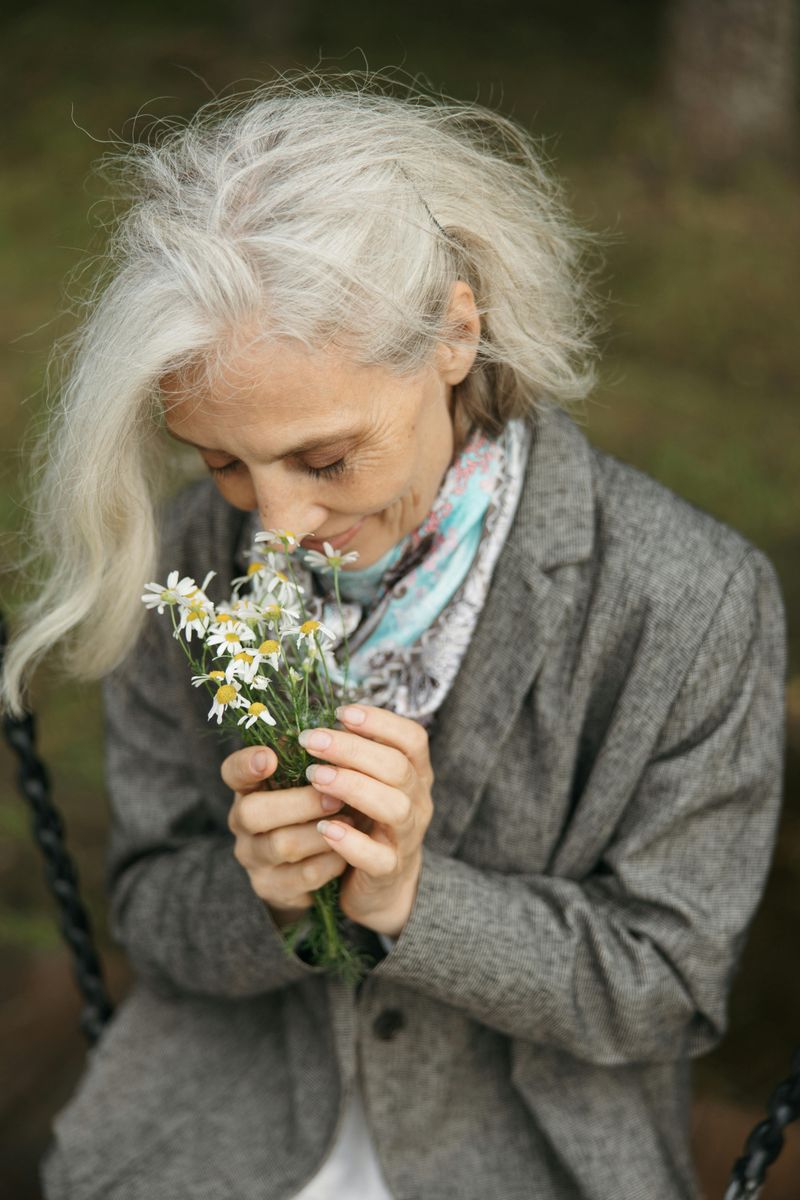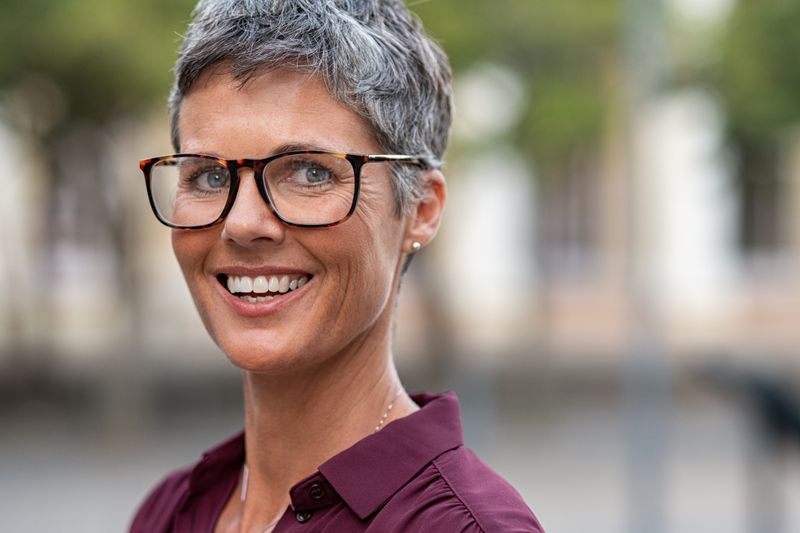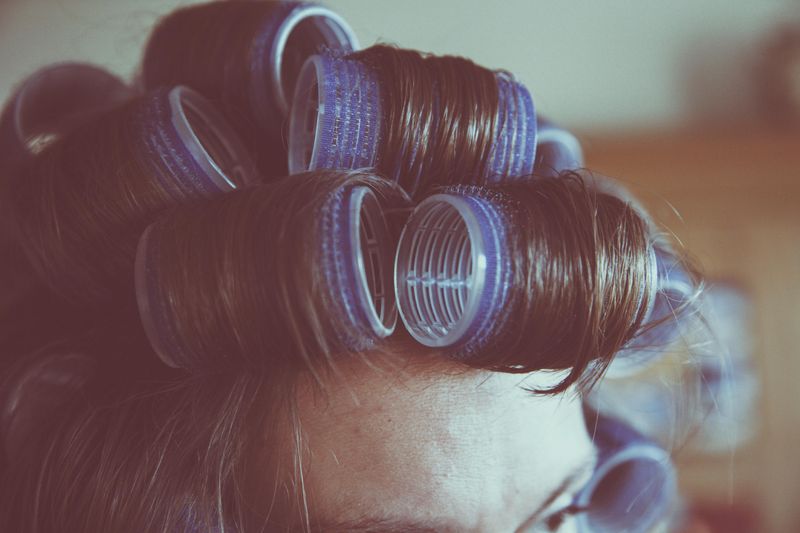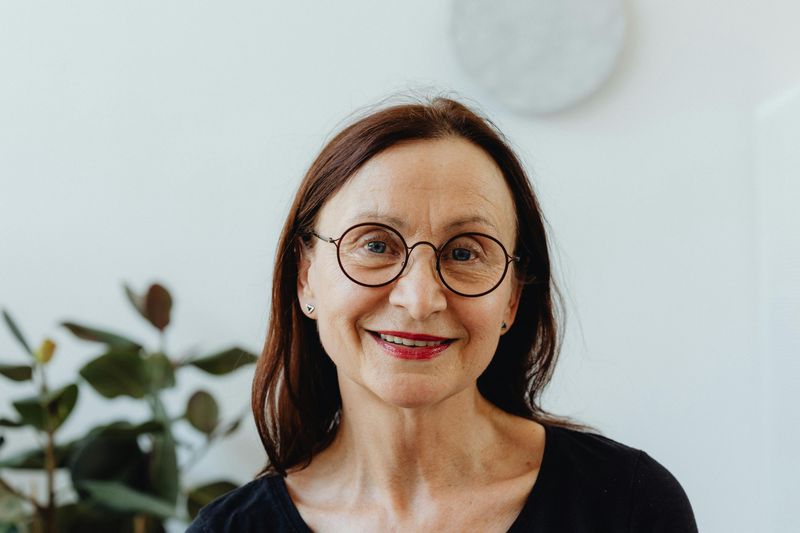As we age, our hair changes in texture, thickness, and needs – but so many of us stick with the same styles we’ve worn for decades. Finding the right haircut after 50 isn’t just about looking younger; it’s about looking your best right now. Many women unknowingly make common haircut mistakes that can actually add years to their appearance instead of enhancing their natural beauty.
1. Going Too Long Without Shape
Super-long hair without structure tends to drag your features downward, creating a tired appearance. As gravity works against us with age, straight, heavy locks can emphasize sagging jawlines and neck areas.
Adding subtle shape through strategic cutting creates lift where you need it most. Even if you prefer longer styles, incorporating face-framing layers or soft graduation can make a dramatic difference in how youthful your overall look appears.
2. Ignoring Layers
Flat, one-length cuts often fall victim to gravity, leaving your hair looking limp and lifeless. Without layers, mature hair can appear weighed down and highlight facial asymmetries that come with aging.
Strategically placed layers create natural volume and movement that flatters your features. They’re like magic for thinning hair, creating the illusion of fullness where you need it most. Soft, feathered layers around the face can also soften lines and draw attention to your best features.
3. Choosing a Harsh, Severe Cut
Razor-sharp lines and severe geometric cuts might look striking on the runway, but they often do mature faces no favors. These unforgiving styles tend to create hard angles that draw attention to facial lines rather than minimize them.
Our faces naturally lose softness as we age, making harsh cuts look even more severe by contrast. Opt for styles with softer edges and gentle movement instead. A slightly textured bob or pixie with feathered edges creates the structure you want without the aging effect of too-severe lines.
4. Skipping Bangs Altogether
Many women avoid bangs after 50, fearing they’ll look childish or require too much maintenance. This missed opportunity means forgoing one of the most effective anti-aging hair tricks available!
Soft, wispy fringe can instantly camouflage forehead lines while drawing attention to your eyes. Side-swept bangs offer versatility and require less commitment than full-front bangs. Even curtain bangs that part in the middle create a face-framing effect that’s both modern and flattering for mature faces.
5. Holding Onto Outdated Styles
Remember that fabulous feathered Farrah Fawcett style or the teased-to-perfection crown you rocked in the ’80s? While these looks defined their decades, they can instantly date you now.
Stiff, helmet-like perms and overly processed looks signal you haven’t updated your style in years.
Hair trends evolve for good reason – newer techniques typically offer more natural movement and easier maintenance. You don’t need to chase every trend, but updating your signature style with modern techniques can take years off your appearance.
6. Ignoring Hair Texture Changes
Around menopause, many women notice their once-thick tresses becoming finer and more fragile. Continuing to style your hair as if nothing’s changed can emphasize thinning rather than disguising it.
Hormonal shifts affect hair density and texture, often making it drier and more prone to breakage. A cut specifically designed for finer hair can create the illusion of thickness through strategic layering and texturizing.
Blunt ends on shorter styles often make fine hair appear thicker, while excessive layers can make already-thin hair look sparse.
7. Going Too Short, Too Soon
The myth that all women should chop their hair short after 50 has led many to make drastic cuts they later regret. A sudden shift from long to very short can be jarring – both for your appearance and your self-image.
Short hair that doesn’t suit your face shape or lifestyle can actually add years instead of removing them. The key is finding the right short style for your specific features. Gradual transitions allow you to adjust both practically and emotionally, letting you find the perfect length that balances ease of care with flattering proportions.
8. Avoiding Modern Touches
Fear of looking like you’re trying too hard can keep many women stuck in dated styling routines. Subtle modern elements can refresh your entire look without seeming inappropriate or desperate to appear younger. Even classic cuts benefit from contemporary techniques like subtle balayage to brighten your complexion or textured ends for movement.
Modern styling products have improved dramatically, offering lightweight hold without crunchiness or heaviness. Small updates – like switching from hot rollers to a curling wand for softer waves – can transform an aging style into something current.
9. Overlooking Face Shape
A haircut that doesn’t complement your unique bone structure can throw your features out of balance, regardless of how trendy it might be. Face shapes often become more angular or asymmetrical with age, making this consideration even more important.
Round faces typically benefit from styles with height at the crown and angles around the face. Square faces look softer with layers that break up the jawline. Heart-shaped faces shine with chin-length cuts that balance a narrower jaw. Long faces need horizontal elements like bangs to visually shorten proportions.
10. Skipping Professional Input
Self-trimming might save money, but it often leads to boxy, unflattering shapes that age rather than enhance. A skilled stylist sees possibilities in your hair that you might never consider.
Professional stylists train specifically to understand how hair behaves with different textures and densities. They can recommend styles that work with your lifestyle, maintenance preferences, and natural growth patterns.
Consider your hairstylist a partner in your beauty journey – bring photos of looks you like, but be open to their expertise about what will truly flatter your specific features.

